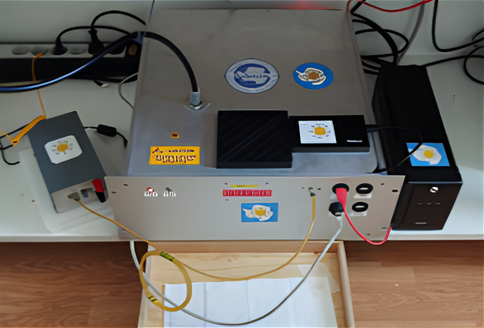Optical properties of aeolian dust in Antarctica
OPTAIR is a multidisciplinary project funded by the Italian Antarctic Research Program (PNRA) aimed at studying the optical properties of airborne particles at Concordia Station (Dome C, East Antarctica) and to experimentally assess the connection between the particles suspended in air and those deposited on the ground. A permanent instrument based on the SPES method was installed in November 2018 for year-round monitoring of airborne particles, followed by a second instrument in December 2019. This instrument was specifically designed for permanent installation, minimal impact on the activities and resources of the research station. Moreover, it is optimised to produce data that can be fed to radiative transfer numerical models. In 2022, an identical instrument was deployed in the Arctic at the Gruvebadet Laboratory, near the scientific hub of Ny-Ålesund (Spitsbergen, Svalbard Islands).

With instruments operating simultaneously in both polar regions, the project enables long-term environmental monitoring, offering valuable insights into atmospheric processes on a global scale. Since its initial campaign, the OPTAIR project has been collecting data to assess the optical properties of aeolian dust with unprecedented precision and accuracy. In addition, snow is being regularly collected in collaboration with the SIDDARTA project. Samples are being accurately characterized in European laboratories, while data from airborne particles is analysed in parallel with LIDAR measurements. The project’s goal is to experimentally determine the optical properties of airborne dust at the Concordia station and assess its influence on past and present climate.

Referents:
Marco A. C. Potenza, marco.potenza@unimi.it
Llorenç Cremonesi, llorenc.cremonesi@unimi.it